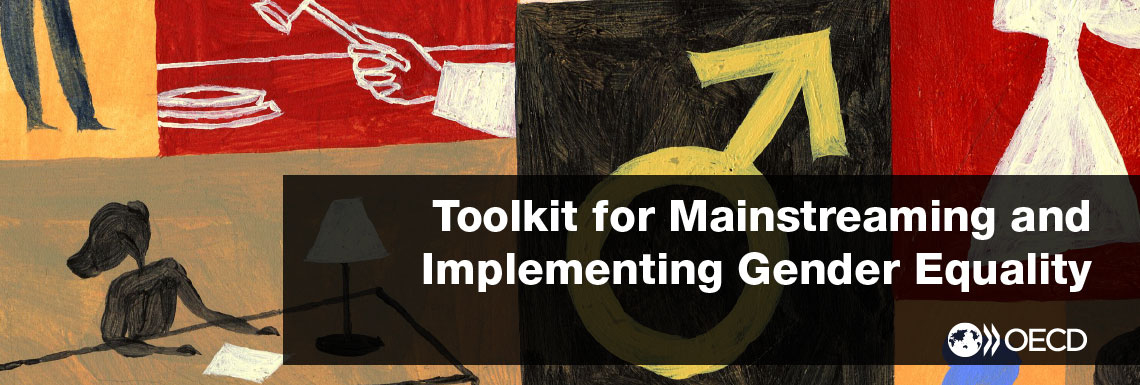Data collecting/producing bodies work together based on agreed indicators
SELF-ASSESSMENT QUESTION
- Are data collecting and producing bodies collaborating with one another and with relevant stakeholders to gather data against national gender impact indicators?
- Is there alignment between indicators utilized at different level of government to monitor outcomes of gender equality strategies and initiatives and with international gender equality indicators?
- Is there an agreed strategy /mechanism to convey relevant data collected in the country to measure progress concerning the realization of national gender equality goals.
WHY IS IT IMPORTANT?
To ensure that the most relevant data and indicators for gender equality are collected and disseminated effectively, data collecting and producing bodies (such as national statistical offices) co-ordinate their work with other relevant governmental (gender focal points, line ministries, etc.) and non-governmental (such as civil society organizations, universities, think tanks and experts) stakeholders. Central gender equality institutions also play an important role in working with ministries to define and co-ordinate their needs for gender-disaggregated data.
ACTIONS TO CONSIDER
- Promote formal coordination mechanisms among national statistical offices and key institutions and stakeholders tasked with implementing gender equality and mainstreaming throughout government (line ministries, central gender equality institutions, etc.);
- Promote coordination at the regional and international level to align national gender impact indicators with regional and international ones;
- Increase data accessibility.
PITFALLS TO AVOID
- Lack of alignment and comprehensive /coordinated engagement among data collecting and producing bodies against national gender impact indicators;
- Insufficient coordination mechanisms among national statistical offices and key institutions tasked with implementing gender equality and mainstreaming throughout government (line ministries, central gender equality institutions, etc.);
- Limited coordination between national statistical offices and civil society representatives for the identification of effective gender indicators.
COUNTRY EXAMPLES
Belgium
The Institute for the Equality of Women and Men in Belgium conducts research of its own but also cooperates with gender experts and universities to gain knowledge on gender issues within the Belgium context. It also publishes reports on sex-disaggregated statistics.

